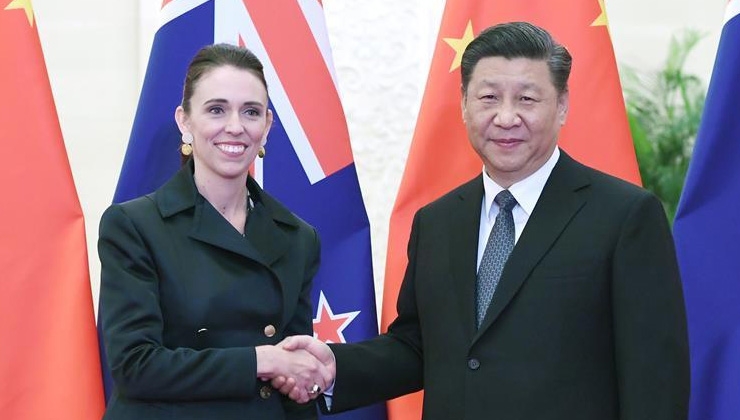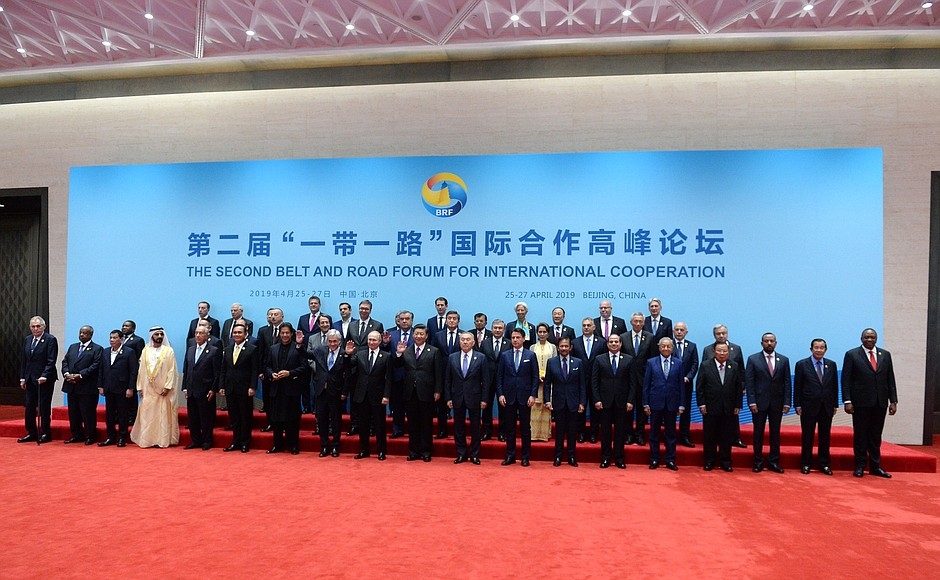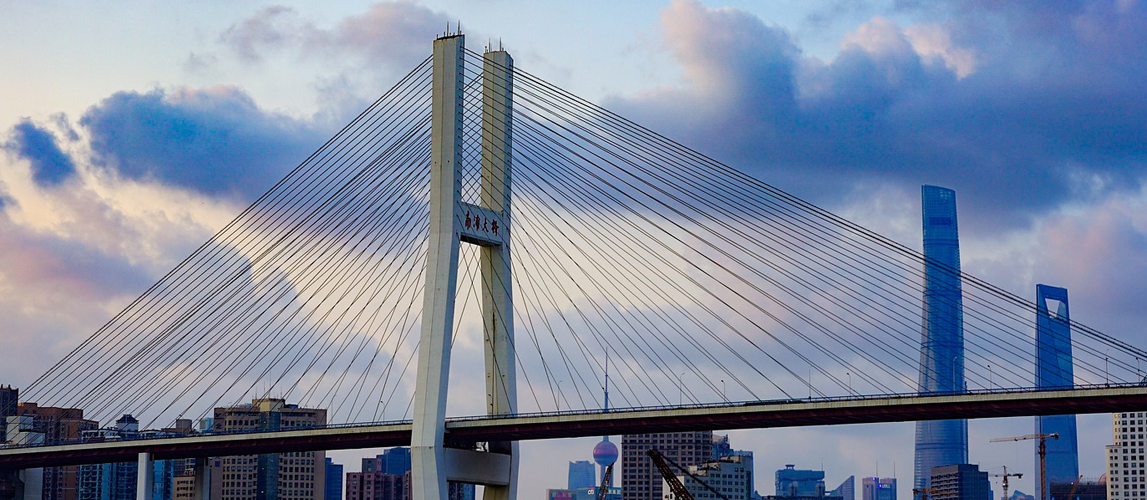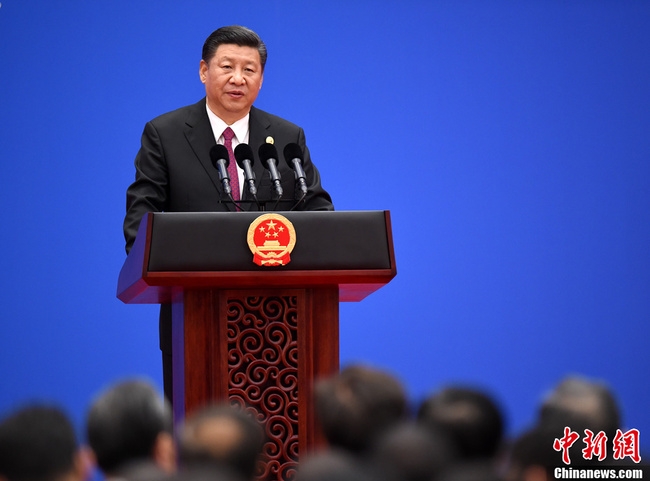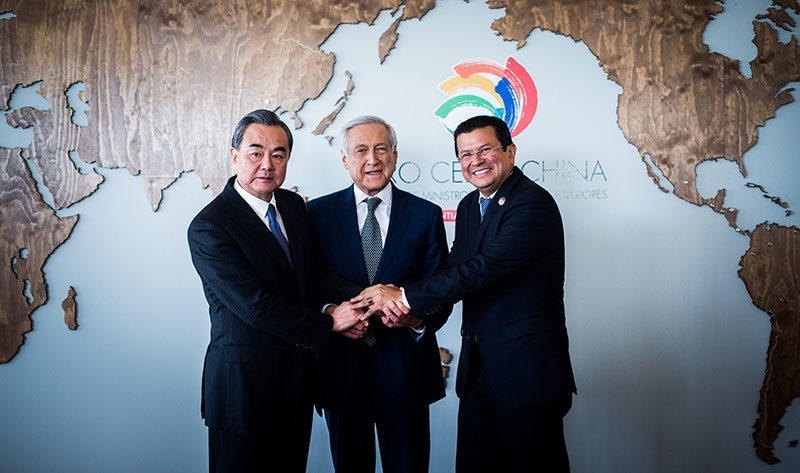
Latin America is increasingly embracing the Belt and Road Initiative
Much like the Arctic, Latin America and the Caribbean were only recently integrated in the Belt and Road Initiative’s growing blueprint. But since then the BRI has seen the rise of many new partners from this region.
In the last six years, since the BRI was first put forward, it has expanded its scope and now includes different regions from Latin America and the Caribbean (LAC).
Initially, Latin America was not included in the BRI but despite the region’s geographical distance from the BRI roadmap, many LAC leaders and diplomats were eager to participate in the initiative. For instance, in 2015, Bolivia’s ambassador to China affirmed that the BRI is “extremely important to Bolivia’s future development." Shortly thereafter Peru’s former foreign minister and ambassador to China, Gonzalo Gutiérrez Reinel, wrote an article in People’s Daily conveying Peru’s hope that the BRI would be extended to Latin America.
In November 2017, Panama became the first country in the LAC to sign a cooperation agreement under the BRI and many others have since followed. In January 2018, China signed a declaration during the Second China – CELAC Ministerial Forum which presents the BRI as “a new platform for mutually beneficial cooperation” between China and Latin America, and affirms that China was also issuing an open invitation to “Latin American and Caribbean countries to join.” In addition, China has also begun to formally integrate individual LAC countries into the BRI through bilateral “Belt and Road Cooperation Agreements.”
As of May 2019, 19 LAC nations have signed cooperation agreements with the BRI in six major markets for infrastructure investments including Brazil, Mexico, Colombia, Argentina, Peru and Chile. While Peru and Chile have formally signed to participate in the BRI, the others are accepting significant Chinese investment without formal BRI agreements. Of the Caribbean, Jamaica is the latest country to have signed a cooperative agreement in April 2019.
Chinese investment and involvement in the region through the BRI are going through a rapid commercial expansion. China is currently the second-largest trading partner and the third-largest investor in Latin America. President Xi Jinping’s recognized during his meeting with Argentina’s President Mauricio Macri on the sidelines of the 2017 Belt and Road Forum, that the LAC is a “natural extension” of the Maritime Silk Road and an “indispensable participant” in the BRI’s construction.
Most governments in the LAC region are now on board with the initiative and view the BRI as a way to secure investment for roads, power plants and other infrastructure they cannot afford to help their country develop further.
During an interview, China Daily Executive President of the Development Bank of Latin America Luis Carranza said that the BRI has “a clear ambition to create opportunities for strategic integration between China and Latin America and the Caribbean, and the world as a whole." He also added that countries in the LAC “wish to witness and celebrate with the world the rapid progress of the Belt and Road Initiative, achieving a win-win cooperative relationship based on mutual benefit for our peoples."
Opening the doors for Latin America and the Caribbean to participate in the BRI has once more expanded the possibilities to create a vast network and connect the world.

